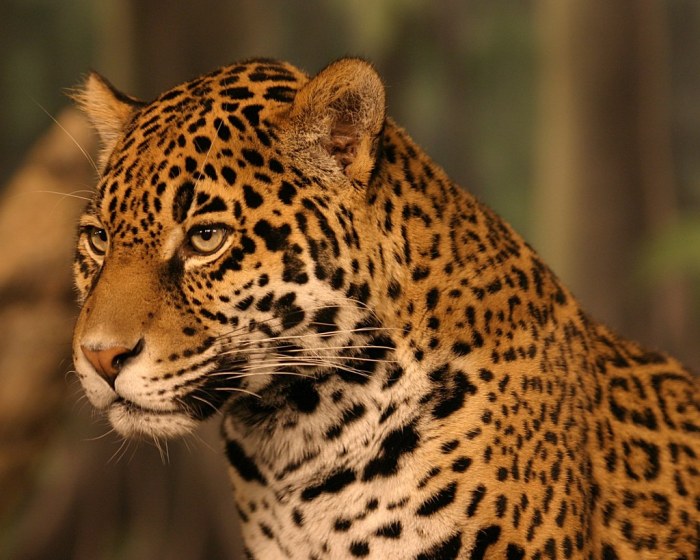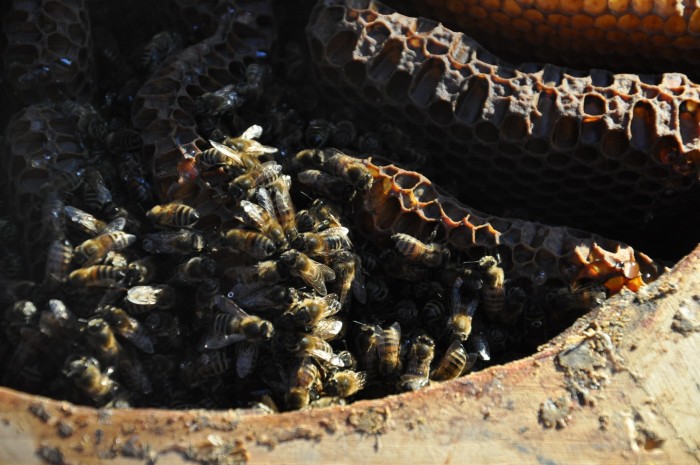The latest Environment and Society featured article is now available! This month’s article—”Archaeology and Animal Persons: Toward a Prehistory of Human-Animal Relations”—comes from Volume 4 (2013). In his article, Erica Hill describes some of the ways in which archaeologists are reconstructing human engagements with animals in the past, focusing on relational modes of interaction documented in many hunting and gathering societies.
Visit the featured article page to download your copy of the article today before it’s gone! A new article is featured every month.
Read More “Archaeology and Animal Persons: Toward a Prehistory of Human-Animal Relations”


